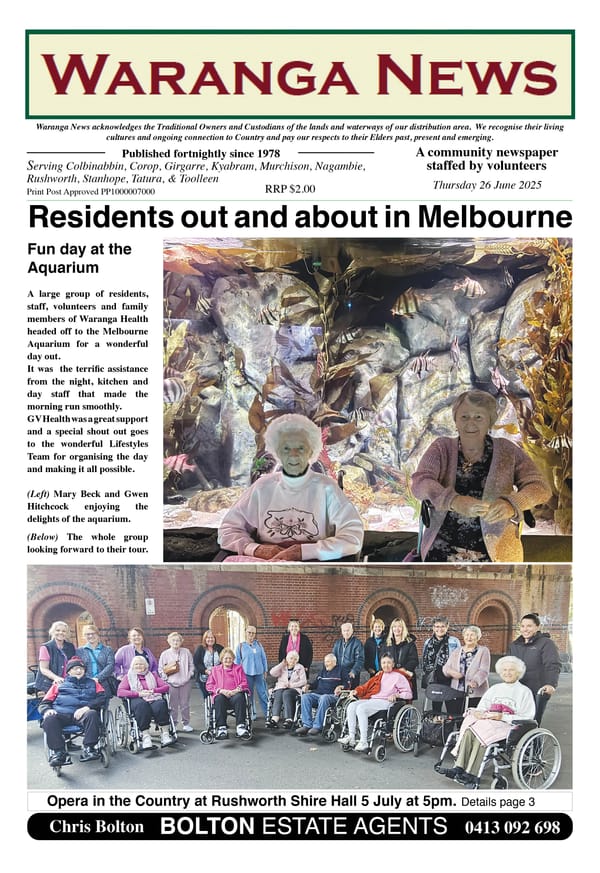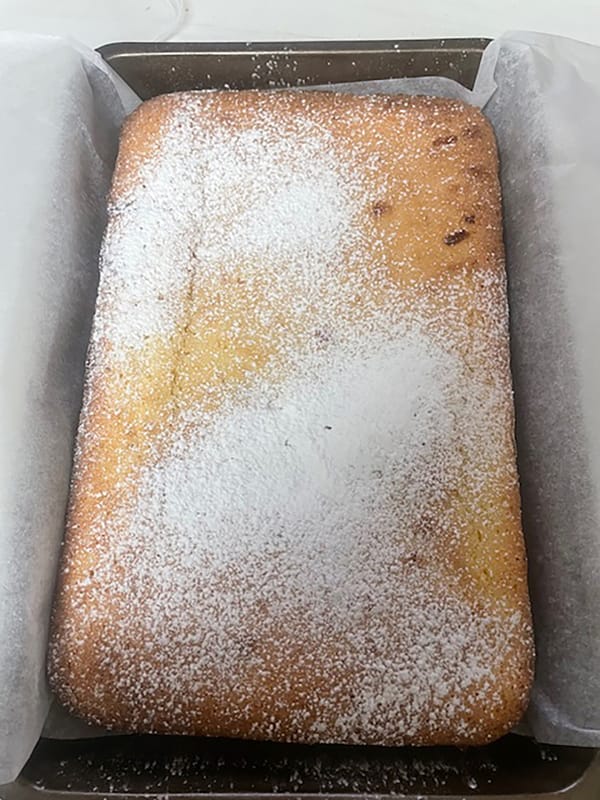31. Fraternal societies

Many of the Chinese men who came to the Waranga area during the gold rush era were members of fraternal societies. Westerners who did not understand the nature of the groups tended to refer to them as “secret” societies and hinted at links to organised crime. Even today, the Chinese triads are sometimes seen as spin-offs from these groups.
In fact, the societies were more about the mutual well-being and advancement of the members. Some commentators have suggested that they had similarities to the lodges that proliferated in Australia until comparatively recently. In those lodges, there were also elements of secrecy and detailed ritual in the performance of ceremonies, but at the time, people tended not to see the similarities. Later, some local societies of Chinese men morphed into European style lodges, some of which have survived to this day. The name “Chinese Masonic Society” was adopted locally early in the 20thcentury.
PAROCHIAL BASE
The membership of a particular Chinese society was usually associated with a geographic area of China. Many of the men who came to the Waranga area were members of Hung League or Heaven-Earth-League. The one Chinese headstone in the Rushworth cemetery indicates that Ah Chou, the person commemorated there, was a member of this group.
Hung League members mainly came from the south-eastern Chinese province of Guangdong (Cantonese people) and to a lesser extent, Fujian (Amoy people). More specifically, a large number of people came from the Pearl River delta – the See Yap area (which comprised four districts of Hoi Ping, San Wei, Toi Shan and Yian Ping) and the Sam Yap area (which included the districts of Nam Hoi, Poon Yee and Soon Tuk).1
ROLE OF THE LEAGUE
One commentator has described the role of the league as follows - “Large numbers of Chinese labourers, finding themselves now in a foreign land, without relatives or acquaintances to turn to in times of need, swore oaths of brotherhood and joined the Hung League in order to undertake mutual aid activities to protect the economic rights and common interests of the Chinese and to oppose the oppression and discrimination of both the Western colonial government and the European settlers. Under normal circumstances, the Hung League arranged jobs for them, mediated their disputes, and assisted with the everyday difficulties of birth, old age, sickness and death and so on.”2
In other words, the Chinese immigrants were very good at looking after their mates, a concept very familiar within Australia given the emphasis placed on it by the Anzac legend. Way before Anzac, the Chinese were organised in such a way that it was less likely that individuals would slip through the net. There was care and compassion for all, especially those deemed to be most in need of assistance.
CO-OPERATION BETWEEN GROUPS
In China at the time of the Australian gold rushes, there was political turmoil. Sometimes the secret societies were operating in direct competition with each other politically. This could lead to violent clashes. In Australia, however, the different groups were more likely to co-operate to face dual threats from governments and from the wider community. As well, the local groups were less culturally and linguistically diverse than their counterparts in China.
With regard to dealing with government, the societies were a cohesive force and an avenue through which complaints could be made to government about legislation that discriminated against Chinese immigrants. However, they were also a way to express support for wider movements such as the campaign to remove the hated miner’s licence.
Political activities could be channelled through the headmen who were appointed in each Chinese camp. They in turn had contact with some of the wealthy individuals in Melbourne who were Hung League leaders and who had the ear of government. The highly respected businessman Kong Meng, mentioned in an earlier story, was one such person. (Incidentally, two of Kong Meng’s sons were keen to enlist in the AIF in World War 1)
Sources: 1 Golden Dragon Museum, Bendigo, leaflet (1991); 2 Shaoquing, Cai, On the Overseas Chinese Secret Societies of Australia, in NZ Journal of Asian Studies (June 2002) p40;



